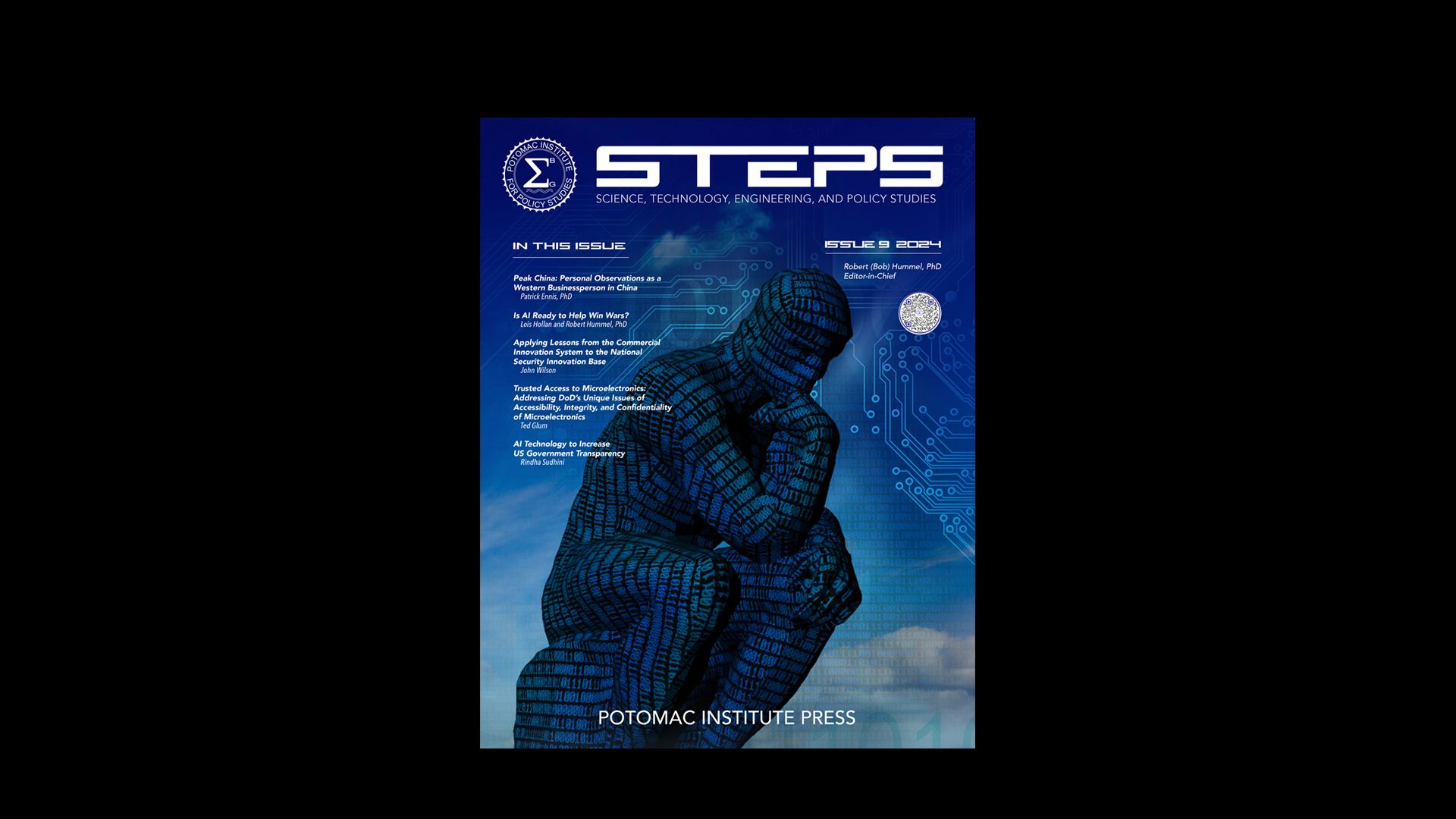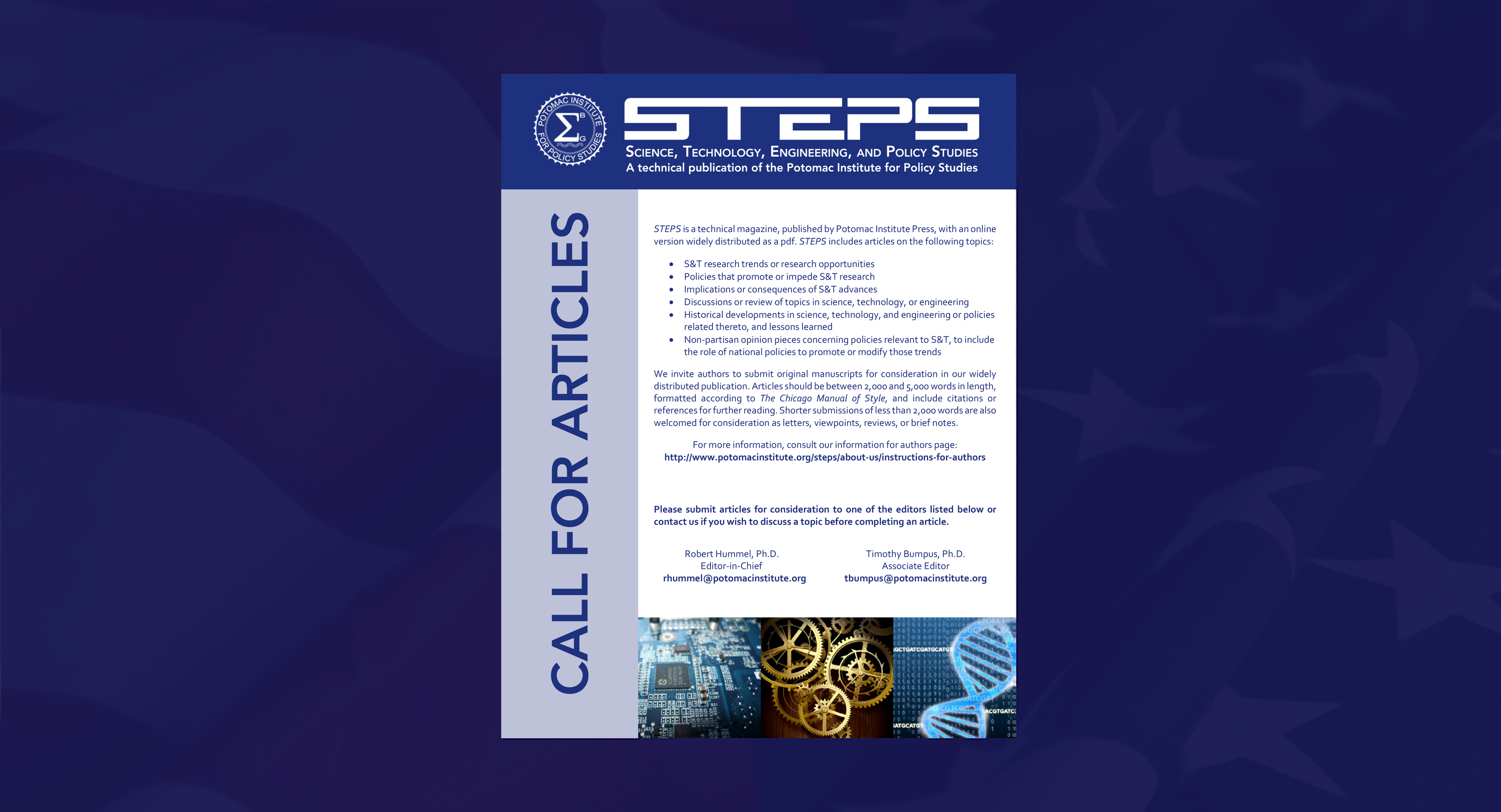HEADLINE: Lessons from the flu of '57: pandemic spread quickly among young people
SUMMARY: Communicable illness experts are looking at the pandemic of 1957 to help predict the timeline and severity of the current H1N1 pandemic. Similarities between the two strains include: the illness is briefly harsh but rarely fatal; an inordinate effect on younger people; and the number of cases increased over the summer, traditionally a slower time for influenza.
STORY LINK: http://www.washingtonpost.com/wp-dyn/content/article/2009/08/24/AR2009082402431.html
HEADLINE: Feds update H1N1 antivirals guidelines
SUMMARY: The CDC is now suggesting a wait-and-see approach before prescribing antivirals for preventative use. This recommendation would not apply to those with chronic conditions, the very young or old and pregnant women. One concern is the risk that H1N1 might mutate to become resistant to antivirals if they are overprescribed.
STORY LINK: http://www.cnn.com/2009/HEALTH/09/08/swine.flu.antivirals/
ANALYSIS: The revised recommendations by the CDC represent insights being gained as this disease develops and understanding of its progression increases. This advice is consistent with that of the WHO and reflects the fact that no prescription medication should be given or taken indiscriminately.
While antivirals may be effective in diminishing the effects of Influenza A (nH1N1) and limiting its spread, they must be started during the first two days of illness, a factor than can complicate effective administration. Limited supplies and the possibility that the virus could develop resistance to widely used antivirals point to the need for clinically sound management of this measure in coordination with local health authorities.
Unfortunately, there is no “silver bullet” solution for highly unpredictable influenza outbreaks, and particularly for a new strain such as nH1N1.

















